The Basis For Choosing A Reliable Fire Escape Company For Your Business
Without trying to captivate you by perpetuating fear, the reality of living in a city environment is that house fires can and will happen; therefore, knowing your fire escape ladder is built to professional standards and code is important for maintaining peace of mind. Is your home prepared with a quick and safe ladder for escape?
Smoke detectors and heat alarms are generally very reliable warning mechanisms nowadays, but that won’t matter if you miss the 60 second window a fire can engulf your home in. If you’re already living in a home equipped with a code-specific, fixed fire-escape consider yourself very fortunate. If yours is outdated, worn, or you’re simply lacking one altogether here’s what you need to know about finding a reliable fire escape solution for your business or home.
Passing Three Levels Of Inspections
Fire escapes have lifetime maintenance needs that need to be checked and worked on in intervals of 5, 25 and 75 years. There’s a lot more that goes into it than just a fresh coat of paint. The structural components will experience weather deterioration, rust and may have connection issues due to load bearing stress. Understanding the three levels of testing will ensure you’re receiving routine maintenance and can feel confident your life line is in tact.
Level 1 Visual Opinion Confidence Test- The Level 1 is a test performed routinely within 5 to 25 years of being built. Visual cues for this test include surfaces that may contain rust or are not properly painted, evidence of deterioration, or square bolts and rivets. Due to poor quality bolts and rivets being used over the last 25-75 years the ladder will IMMEDIATELY FAIL the test if it is connected through these types of hardware.
Level 2 Calculated Load Test- The Level 2 test is recommended for systems that have been in place for 25-75 years of use. This level is much more critical and must also pertain to the tests involved in level 1 testing. The main consideration once visual tests have been performed is to test 100-lbs of weight on every square foot of the structure as required by code regulations. Hidden, inaccessible or suspect connections are red flags may require further measures, including:
- Destructive Testing
- Reinforcement
- Duplication
- Thorough Investigation to ensure ready for live load testing
Level 3 Live Load Testing- Live Load Tests need to pass both prerequisites and are recommended every 25 years or with more frequency depending on the age of the system. Certain officials need to be present including the Fire Marshall with a Structural Engineer to record verified successful results.
Choosing the right company to ensure your piece of mine and legal standing means adhering to these guidelines. You’re looking for a leader in the design of iron works, and a company who has been in the game long enough to guarantee experience is on their side.

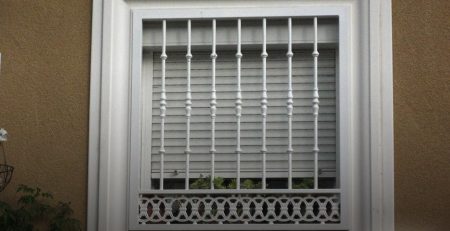



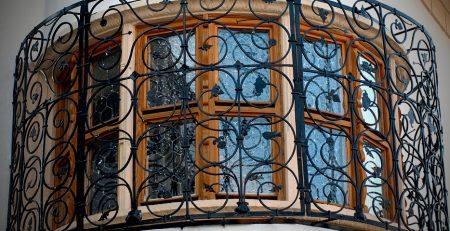
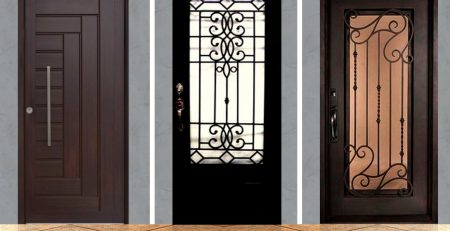

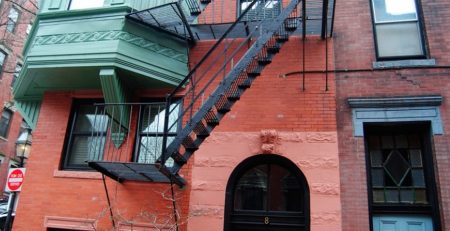
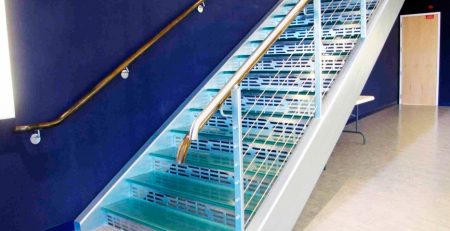
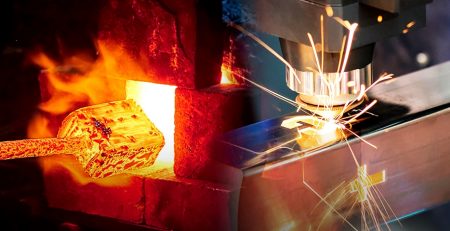
Leave a Reply